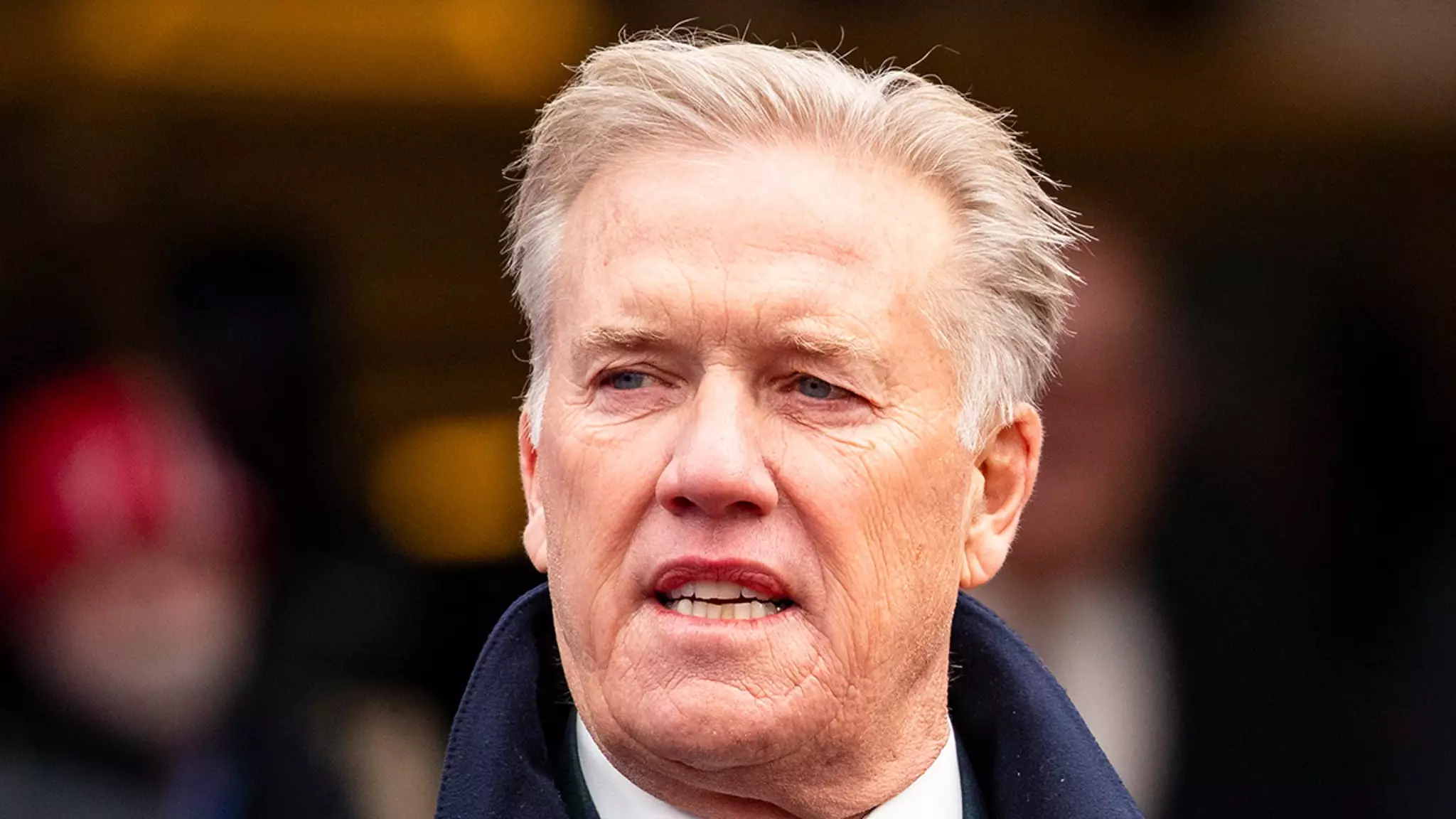The police investigation into the heartbreaking golf cart accident involving NFL legend John Elway and his longtime agent, Jeff Sperbeck, has captured national media attention. The incident occurred on April 26 in a luxurious golf community in La Quinta, California, and resulted in a devastating outcome: Sperbeck succumbed to severe injuries just days later. According to authorities, numerous witnesses were interviewed, but they reported no evidence of foul play, emphasizing the tragic nature of the incident as merely accidental.
In statements released by Riverside County Sheriff Chad Bianco, officers have expressed a commitment to examining every possibility, although initial investigations pointed towards the absence of criminal activities. The determination that the event was purely accidental raises questions about the risks associated with seemingly mundane recreational activities, particularly golf cart rides. How often do we take the safety of such leisurely pursuits for granted?
The Role of Media in Shaping Perception
Perhaps one of the more troubling aspects of this incident is the influence of media scrutiny on law enforcement procedures. Sheriff Bianco revealed that a formal inquiry into the accident was initiated following what he called a “massive media inquiry.” This raises an important ethical question: to what extent should public opinion sway the direction of criminal investigations? While it is essential for the media to keep the public informed, the pressure can sometimes skew the focus of law enforcement, potentially prioritizing public perception over logical conclusions drawn from the evidence.
Elway, a prominent figure in both sports and business, has displayed immense grace during this horrific event, stating his devastation upon hearing about Sperbeck’s passing. His tribute to Sperbeck serves as a reminder that, beneath the glitz and glamour of celebrity life, there are very human considerations of loss, grief, and emotional pain. It is sobering to realize that these characters who often occupy larger-than-life personas also face traumas we can scarcely imagine.
The Aftermath and Community Response
The fallout from this devastating event ripples through the close-knit community where it occurred. Sperbeck’s family has expressed their profound grief, indicating a deep bond between the family and Elway. Such tragedies force individuals and families to confront significant emotional turmoil and redefine what constitutes friendship and loyalty. In this case, as the Elway and Sperbeck families mourn together, they shine a light on the importance of community support in times of crisis.
This incident serves as an essential reminder of the fragility of life and the unanticipated dangers that can lurk in everyday activities. While law enforcement is exonerating Elway, the emotional weight of such disturbances does not easily dissipate. It compels one to think not just about safety protocols but also about the emotional impacts of sudden loss—reminding us to cherish our relationships today, as tomorrow may hold uncertainties we can’t foresee.
With those thoughts in mind, this tragedy should inspire us to reflect on the importance of safety in all aspects of life while also prioritizing compassion and empathy for those affected by unforeseen events.

